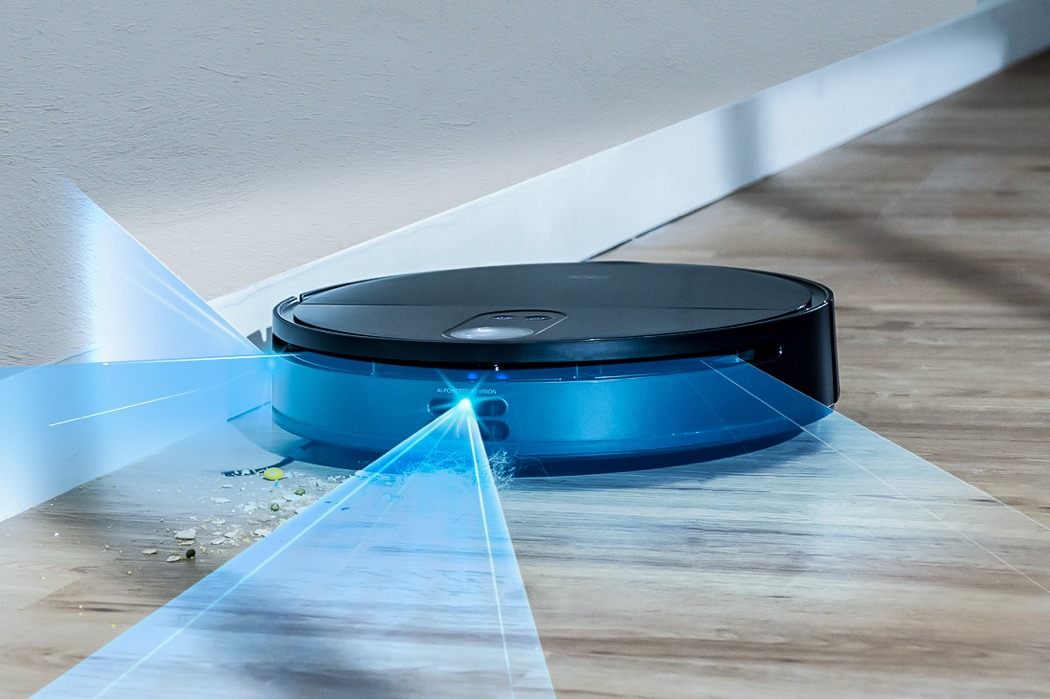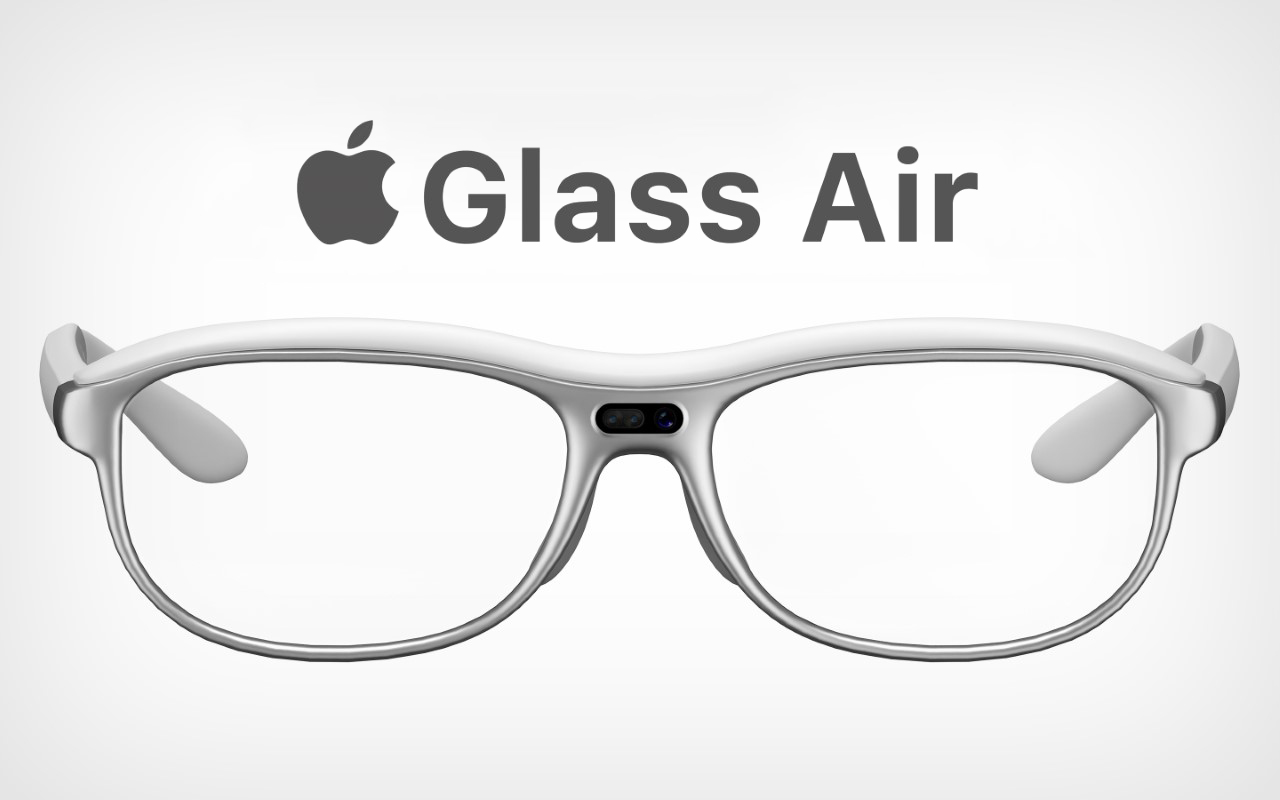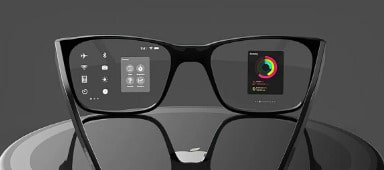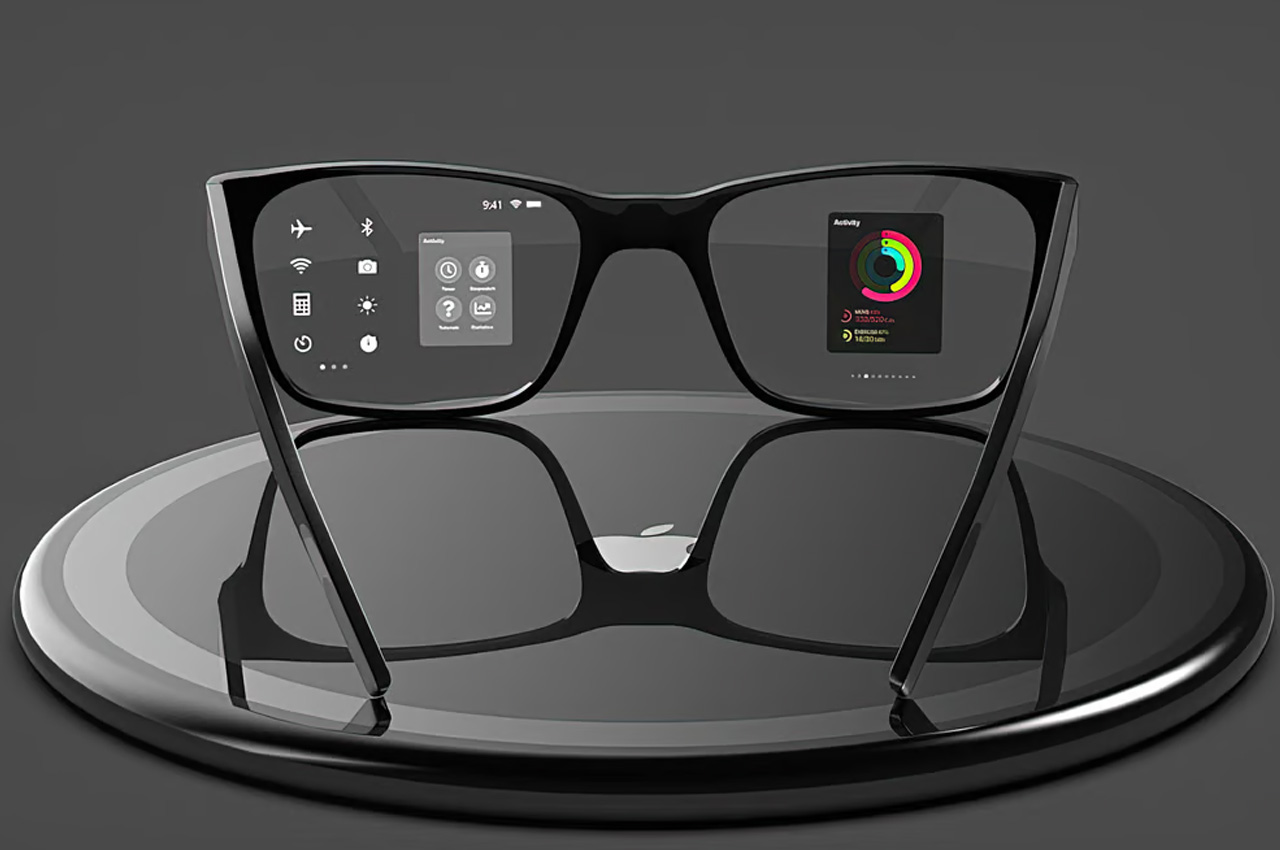Apple’s long-rumored augmented reality glasses, codenamed “Atlas,” continue to stir up curiosity. The idea of seamlessly layering digital elements over the real world without needing a clunky headset is an exciting one. But let’s be real, Apple hasn’t even acknowledged these glasses exist, let alone promised a launch. While Meta and Google are moving fast in the AR race, Apple’s strategy has always been about waiting for the right moment to deliver a polished experience.
If and when Apple Glasses arrive, they could reshape how we interact with technology. But the big question remains: Will they be practical enough for daily use, or just another tech fantasy stuck in development? And just as important, will they actually look and feel like something people want to wear, not just a piece of experimental hardware?
Development Status & Timeline
Behind the scenes, Apple has been experimenting with AR glasses, reportedly conducting tests in Santa Clara. The company is believed to be working on microLED technology for the displays, aiming for a lightweight, high-contrast visual experience. But developing AR glasses that balance comfort, power efficiency, and real-world usability isn’t as simple as slapping a display onto a frame.
Industry insiders suggest that Apple is at least three years away from a launch, putting a potential debut around 2026 or 2027. Apple has a habit of refining its products until they meet its strict quality standards, which is likely a key reason for the delay. In the meantime, the company is working on a lower-cost Vision Pro headset, keeping its mixed-reality ambitions alive while AR glasses remain in the pipeline.
Hardware & Design
Unlike the Vision Pro, which is bulky and meant for immersive experiences, Apple Glasses are expected to be as close to regular eyewear as possible. A pair of glasses is arguably one of the most personal accessories someone can wear, sitting directly on the face and shaping their overall appearance. Unlike a watch or a ring, which can be subtle expressions of personal style, glasses dominate the field of vision—both for the wearer and those around them.

Apple has always approached design with meticulous attention to form and function, but translating that philosophy into AR glasses is an entirely new challenge. The balance between technology and fashion will be critical—no one wants to wear a piece of tech that looks like something from a sci-fi movie.
MicroLED displays could be the secret ingredient, offering high brightness and deep contrast without draining battery life. But the real challenge lies in seamlessly embedding LiDAR sensors, eye-tracking cameras, and gesture-recognition tech into a design that remains stylish, lightweight, and wearable for long periods. These glasses need to blend into everyday fashion rather than scream “tech gadget.”

LiDAR sensors could play a crucial role in bringing Apple Glasses closer to a seamless AR experience. By enabling precise 3D mapping, these sensors allow for improved spatial awareness, object recognition, and realistic placement of digital elements within the user’s environment. This goes beyond just sharper visuals—it ensures AR feel natural and responsive, where digital elements seamlessly integrate into everyday interactions. With enhanced depth perception, Apple Glasses could support more natural and intuitive interactions, like gesture-based controls and context-sensitive applications that respond dynamically to the user’s surroundings.
These sensors function reliably in any lighting, ensuring consistent AR performance indoors, outdoors, and in low-light settings. With the potential for 360-degree vision through metasurface technology, they could eliminate blind spots, making AR overlays more precise and immersive.
Integrating LiDAR into Apple Glasses would enhance object tracking, occlusion handling, and real-time spatial mapping. If executed well, this could establish a new benchmark for AR wearables, moving Apple closer to making AR a seamless part of daily life rather than a niche technology.
Apple’s ability to merge advanced technology with premium aesthetics is what makes people obsess over their products. If Apple wants widespread adoption, it will need to create a product that looks just as natural in a boardroom as it does on a casual walk through the city. Comfort, fit, and customizability will be just as important as the tech inside.
Software, User Interface, and Ergonomics
Apple is likely adapting visionOS for the glasses, but don’t expect a Vision Pro-level interface floating in front of your eyes. These glasses will likely be more about subtle, real-time overlays—think notifications, directions, or quick-access information—rather than a fully immersive AR world.

Gesture controls and voice commands will likely play a big role, letting users interact without a touchscreen or physical buttons. We’ve already seen Apple integrate gestures into the AirPods Pro, allowing users to control playback with subtle swipes and even nod or shake their heads to respond to notifications. Imagine if Apple expands on these features for Apple Glasses, enabling users to navigate interfaces, adjust volume, or even interact with AR elements using intuitive gestures.
OpticID, Apple’s eye-tracking security feature from the Vision Pro, could also be integrated. Imagine unlocking your glasses just by looking at them. If Apple nails the UI/UX, it could be one of the most intuitive ways to interact with technology.

Ergonomics is just as crucial as functionality. Unlike smartphones or even smartwatches, glasses must fit perfectly, balance well, and remain comfortable for extended wear. The weight distribution, frame flexibility, and nose bridge design will all play a role in how these glasses feel over time. Apple has mastered product ergonomics with devices like the AirPods and Apple Watch, but AR glasses present a unique challenge—packing in sensors, displays, and batteries without making them feel cumbersome. If the company gets this right, it could be the difference between a revolutionary wearable and one that ends up collecting dust in a drawer.

Features & Use Cases
AR glasses need to be practical, not overloaded with unnecessary tech. Their success depends on simplifying everyday tasks. Here’s what Apple Glasses could bring to the table:
- Hands-Free Notifications: Read messages, check emails, and see calendar alerts without pulling out your phone.
- AR Navigation: Walking, biking, or driving directions overlaid onto your real-world view.
- Real-Time AI Assistance: Imagine pointing at an object and having Siri tell you what it is or translating a foreign language on the fly.
- Lightweight AR Gaming & Media: While full-on VR experiences are off the table, subtle gaming elements and interactive media could be included.
By focusing on useful, everyday applications, Apple has a better chance of making AR glasses an essential wearable rather than a novelty.
Competitive Landscape
The AR glasses space is heating up, with Meta, Google, and Samsung all taking their own approaches. Google Glass flopped due to its awkward design and lack of a real use case, while Meta is experimenting with AI-powered smart glasses in partnership with Ray-Ban. Apple, as usual, is waiting for the moment when the tech is mature enough to create a seamless experience.

The Vision Pro is a premium, niche product, but Apple Glasses could be positioned as something far more mainstream. The challenge is proving that everyday users actually want AR in their daily lives—and that the experience is worth the price.
Challenges & Mass Production Concerns
Even if Apple has the perfect AR experience ready to go, building these glasses at scale is another beast entirely. Some major hurdles include:
- MicroLED Production: Manufacturing these displays at scale is notoriously difficult and expensive.
- Battery Life: How do you power advanced AR features without adding too much bulk?
- Pricing: If Apple Glasses cost too much, they risk being another Vision Pro—too niche for mass adoption.
- Software Refinement: Creating an intuitive AR interface without overwhelming the user will require deep integration with iOS and visionOS.
Even with all of Apple’s resources, these problems don’t have simple solutions, and they could push the launch even further down the road.
Final Thoughts
Apple Glasses represent one of the most ambitious projects in wearable tech. With the promise of seamless AR integration in a lightweight, everyday-friendly form factor, they have the potential to change how we interact with digital information. However, the journey to that reality is filled with significant technical and logistical challenges.

Apple’s ability to create market-defining products is undeniable, but even with its resources and talent, AR glasses may take longer than expected to become indispensable. When they do arrive, will they be a game-changer or just another expensive gadget struggling to justify its place in our daily lives? That’s the question Apple will need to answer.
Article: Apple Glasses: The Future of AR or a Distant Dream?

